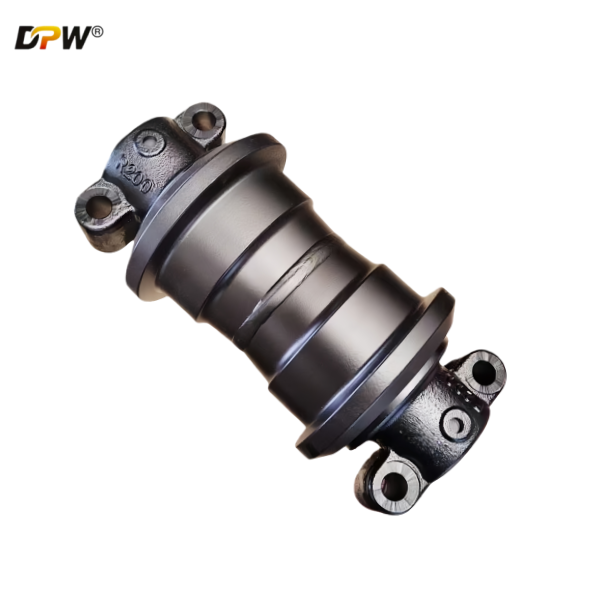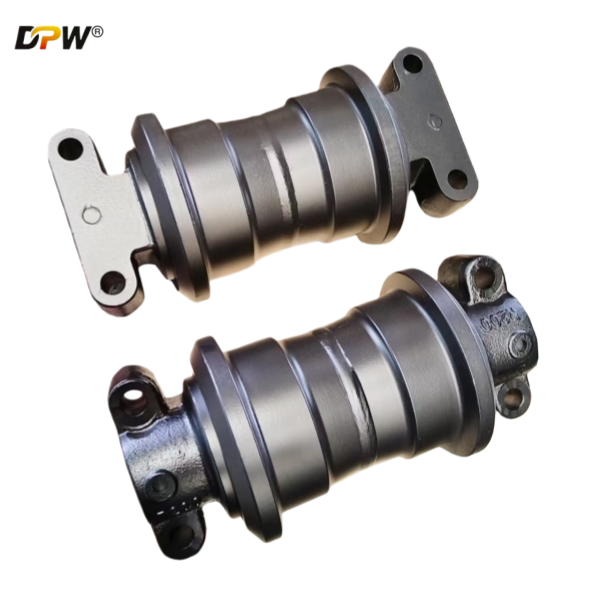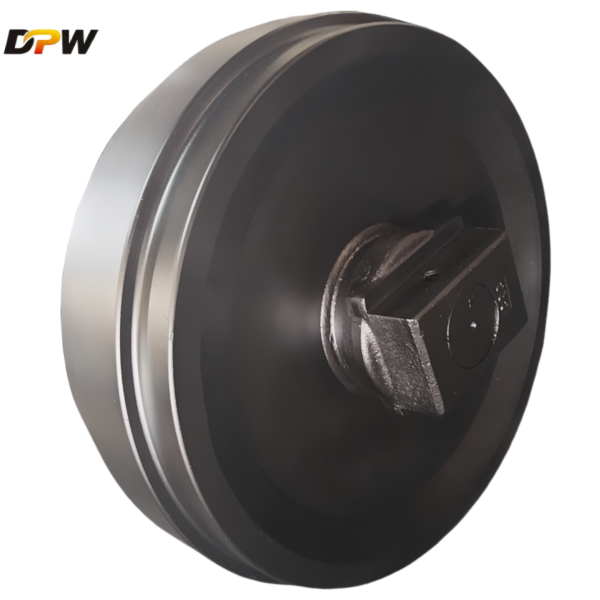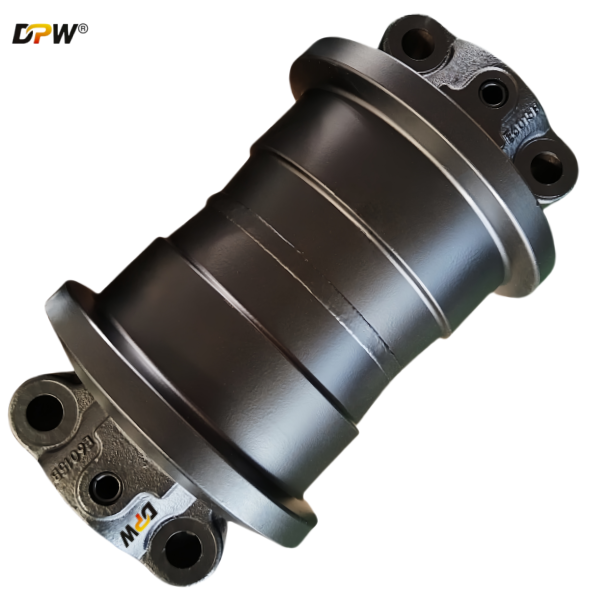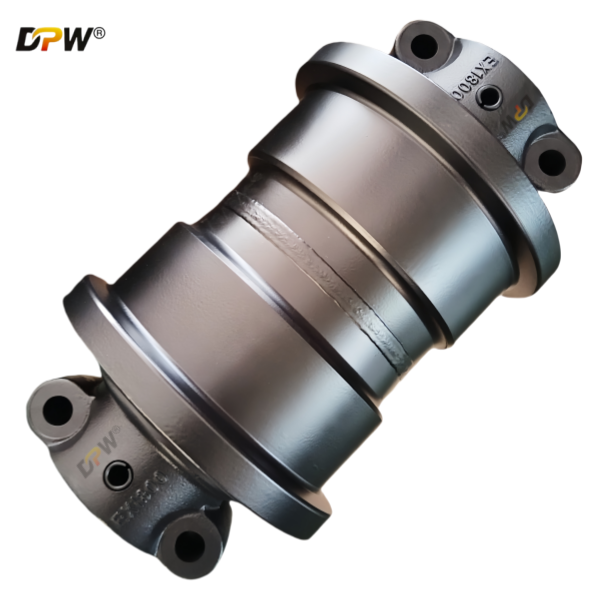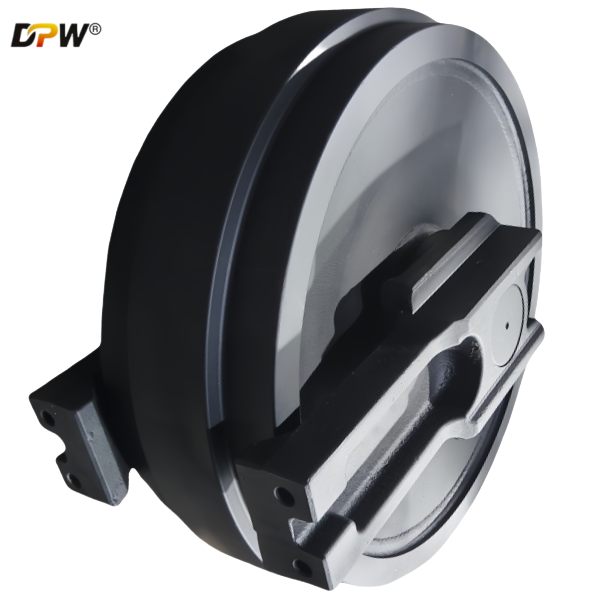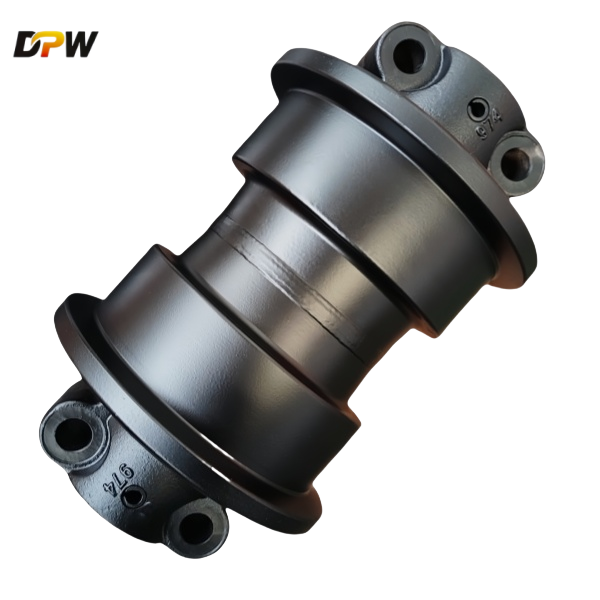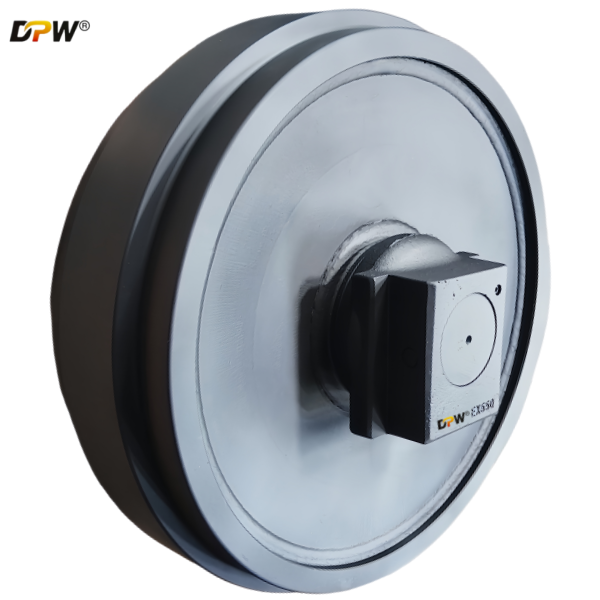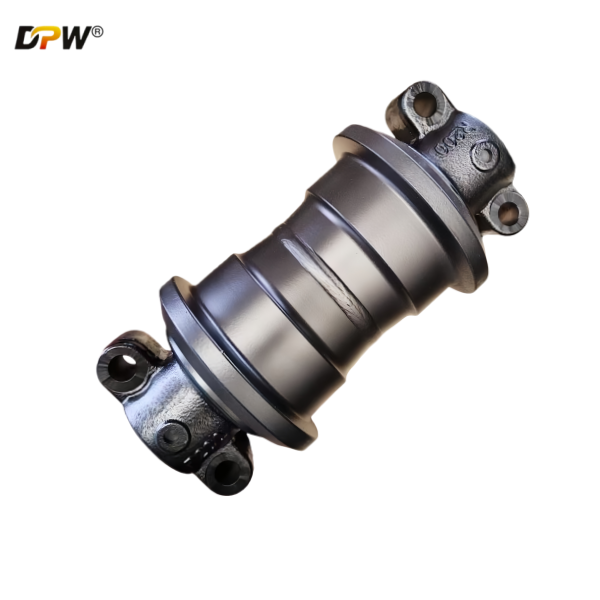
Hyundai E1812002/81N611010 R200/R210-7/R220-9 Track Bottom Roller/Track Roller Assembly
Product Specifications
Meta Description: Comprehensive technical analysis of the Hyundai Undercarriage Track Bottom Roller Assembly (P/N: E1812002 / 81N611010). Details its mechanical structure, component materials, functional principles, and compatibility with R200, R210-7, R220-9 excavator models for maintenance and replacement.
1. Component Overview and Functional Definition
The Hyundai Track Bottom Roller Assembly, identified by primary part number 81N611010 (and alternate engineering number E1812002), is a critical sealed mechanical assembly within the undercarriage system of Hyundai crawler excavators. Its primary functions are:
Load-Bearing: To support a significant portion of the machine's dynamic and static weight, distributing the load evenly to the track chain and, subsequently, to the ground.
Track Guidance: To maintain precise alignment of the track chain (or track belt), preventing lateral derailment during operation, especially on uneven terrain and during turning maneuvers.
Friction Reduction: To provide a low-friction rolling surface for the track chain's inner link rails, thereby minimizing power loss and abrasive wear on the track links and pins.
This assembly is specifically engineered for compatibility with the following Hyundai excavator models: R200, R210-7, and R220-9.
2. Detailed Mechanical Structure and Component Breakdown
The roller assembly is a pre-lubricated, permanently sealed unit designed as a single, non-serviceable cartridge. Its robust construction can be dissected into the following core components:
2.1. Roller Shell (or Outer Jacket)
Material: Forged and heat-treated Medium Carbon Steel (e.g., AISI 1045/1050) or Alloy Steel (e.g., AISI 4140) for high yield strength and impact resistance.
Manufacturing Process: The outer circumferential surface is precision machined to a specific diameter and often induction hardened or carburized. This creates a deep, hardened layer (typically 55-60 HRC) to withstand extreme abrasive wear from continuous contact with the track chain's inner rails.
Design Feature: The shell features integral, machined guide flanges on one or both sides. These flanges are critical for containing the track chain and providing the guidance function.
2.2. Tapered Roller Bearing System
Type: The core of the assembly's rotational efficiency is a pair of pre-adjusted, pre-lubricated Tapered Roller Bearings. These bearings are selected for their superior ability to handle combined radial (vertical) and axial (side) loads encountered during excavator travel and steering.
Mounting: The bearings are pressed onto a stationary Shaft (Spindle) and housed within the internal cavities of the roller shell.
2.3. Central Spindle (Shaft)
Material: High-tensile alloy steel, heat-treated to achieve high hardness and fatigue strength.
Function: This is the stationary core of the assembly. It is inserted through the center of the roller and bearings. Both ends of the spindle feature precision-machined threaded holes or shoulder bosses that interface with the mounting bolts on the excavator's track frame.
2.4. Multi-Stage Sealing System
This is arguably the most critical subsystem for the roller's service life. It is a multi-component seal designed to prevent lubricant egress and contaminant ingress.
Primary Seal: A Radial Lip Seal (often made of Nitrile Rubber) that creates a dynamic sealing interface with a hardened and ground seal ring.
Secondary Seal: A static O-ring that seals between the outer seal casing and the roller housing bore.
Dust Lip: An additional external lip, often referred to as an excluder lip, designed to actively deflect mud, sand, and other abrasive particles before they reach the primary seal.
Floating Seal Ring (in some heavy-duty designs): In more advanced or larger rollers, a Mechanical Face Seal comprising two hardened, polished metal rings (often tungsten carbide) pressed together by an O-ring may be used for extreme-duty applications, offering superior sealing performance.
2.5. Internal Lubricant
Type: The cavity between the bearings is filled with a high-viscosity, extreme-pressure (EP) Lithium Complex Grease. This grease is designed to maintain its consistency and lubricating properties under high loads and a wide range of operating temperatures.
Purpose: To provide continuous lubrication to the tapered roller bearings, reducing internal friction, dissipating heat, and preventing corrosion.
2.6. End Covers (Side Covers)
Material: Typically pressed steel or machined steel caps.
Function: These are welded or mechanically fastened to the ends of the roller shell. Their primary roles are to:
Retain the internal bearing and seal assemblies.
Provide a protective shroud for the seal and spindle ends.
Often serve as the outer mounting surface for the seal assembly.
3. Failure Modes and Performance Indicators
Understanding the structure informs failure analysis:
Worn Shell/Flanges: Visible reduction in diameter, sharp edges rounded off, leading to poor track guidance and accelerated track link wear.
Bearing Failure: Characterized by difficult rotation, grinding noises, and excessive axial/radial play. Caused by seal failure, lubricant loss, or fatigue.
Seal Failure: Evidenced by grease leaking from the seal area, allowing contaminants (glazing) to enter and abrasive wear to commence rapidly.
Spindle Bore Wear: Elongation of the mounting holes on the roller frame, caused by a loose mounting bolt, leading to improper alignment and premature failure.


